Leaderboard
Popular Content
Showing content with the highest reputation on 05/27/16 in all areas
-
I've started designing a remote alarm/air pump pressure system, prompted by this series of posts quoted from the closed Ebuild forum: Following on from the above, I decided it would be nice to have our alarm relocated with an indoor display, that would not only provide the "low pressure" and "high level" alarms at a convenient location, but with the addition of an indoor pressure display, to give early warning of sediment build up, so avoiding (hopefully) the problem that Peter reported. I have the pressure sensors, have tested them and the interface to a wireless data link that will comfortably work for 50 to 60m through walls. I have three choices. I can make the outdoor unit larger and fit a battery a solar panel, and have the indoor unit as a hand-held battery powered unit that could interrogate the external unit on request. The power demands make this arrangement impractical for giving a real-time alarm, it would rely on being interrogated to find out whether things were still OK, its major shortcoming. The next option is to have a solar powered external unit transmitting to a mains powered internal unit. This would provide continuous monitoring and alarm, at the cost of a solar powered external unit that would be relatively large (because of the battery and solar panel size) an would cost more, plus the battery would need replacement every few years. The final option is to have a mains powered unit inside and outside the house. This would probably be the best solution if there is mains power available at the treatment plant, as it would be the most reliable. In terms of power, it would use less than 1W at each end. This post is really to see if anyone is interested, as I'm making one for our build, and it's very little trouble to make one or two extra. I'm probably going to opt for mains powered at both ends, as that suits us better, but there really isn't much to choose in terms of hassle to make other types. Anyone interested?1 point
-
Well in an attempt to bring my workshop thread back to life from the other forum I'll thought I post an update. Cladding now well underway. As is the rear lean-too extension (I'm never really sure why I didn't want a completely oblong workshop) Rear section of roof is now tiled. Front ready for the 6 panel solar array. Thats been delayed by classic indecision over supplier on my part!1 point
-
We went with Buildzone and combined B Control & warranty. They use BBS as surveyors. We originally went with LABC but they didn't like passive slab foundations1 point
-
Not heard of CRL, I ended up with Buildzone after getting a few quotes and reading the cover provided. The "top-tip" for saving money is to combine structural warranty with build control. The inspections overlap and, in my case, adding BC cost an extra £200ish instead of about £1k if bought separately. Buildzone have been fine to deal with as have their subcontracted inspector. I had to appeal some decisions and a remediation notice and, in the end, all was fine.1 point
-
Say YES to an earth terminal. you can always add your own earth (and indeed must for a static caravan) if you want to.1 point
-
Didn't think I'd ever want to live in a cowshed, but I'd live in that cow shed1 point
-
Currently I have enough parts to build 4 units, so on the basis of first come, first served, I'll start with a batch of four for Calvinmiddle, Peter Starck, Alphonsox, and the prototype for us. Cost is probably going to end up around £25 to £30 at a guess; I haven't added up the cost of the parts yet, but will do over the weekend. I think it's unlikely to be much over £30, worst case. It could probably pay for itself fairly quickly if it prevents an early pump failure from monitoring the pressure, or allows optimisation of emptying periods (i.e. don't empty the unit until the pressure starts to creep up, perhaps). I'll stick the design on here as an open project, so that anyone with the interest and a bit of experience could build one. The main reason that such a thing is affordable now is the advent of mass-produced home blood pressure monitors, as pressure sensors have always been far too expensive in the past. I'm using a small and very cheap pressure sensor that's intended to be used in a blood pressure monitor and only costs less than £2. The test sensor I was using for development is one scrounged from a bin at work back in the late 80's that, IIRC, cost around £400 or so. The display will be a large character 8 digit LCD, with gentle backlight, that will normally just display the air pressure, in bar, at the pump (so this alarm units sense pipe will need to be tee'd into the air pump outlet, as those will existing alarms will know). I can fit a beeper to the internal unit or just rely on a bright red LED flashing away, with the fault condition showing on the display. I'm in two minds about adding the beeper at the moment. It's cheap (around £1) and easy to do, but it could be a nuisance if it starts beeping in the middle of the night. The treatment plant end will have an input for a level switch, simply because I already have a level switch on our system, but this can be ignored for those who don't have pumped systems.1 point
-
I'm doing a block build so it will take that long i might get through a few dogs1 point
-
Looking well. I'll need to get a dog. They really add character to photos.1 point
-
1 point
-
Welcome. It's good to see you back! Progress, as long as you can see it, all's well. Nothing depresses me more than coming on to our site and seeing exactly what I saw last week. That's when I've had my head in a spreadsheet for too long.1 point
-
Thanks Crofter. This is exactly the sort of information which we need to collate and keep as a central resource. As the Americans say " Good jaaaab man" Ian1 point
-
Wait till you're knee deep in muck and gutters after throwing a track and see how many swear words you can mutter. The bigger the digger the easier they are to drive and a lot more fun but by god can they do a whole lot of damage in the blink of an eye.1 point
-
I am currently in the middle of decorating together with a wide range of 2nd Fix activities - electrical, acoustic/UFH floors, carpentry, stairs etc. I can't offer a full range of advice because I haven't finished the build but I can confirm it is very quick to date - mist coat of a 335m2 house in 3 to 4 days, though I we did give him the run of build for the period. There are afewf things to be aware of and consider: - Work with your decorator and understand how he works. My decorator has been prepared to work weekend to give him the run of the build. - Communcation with other trades so everybody knows what is going on and work with the integrated schedule. Electricians came in after mist coat to cut holes for downlight etc and has double bagged all the sockets double bagged and terminated light circuits with connectors and tucked cables into ceiling to make it easy for spraying ceiling. - Quality and time allowed for masking, together with covering up all equipment and loose materials in the house. Also, I am spending a fair bit of money and time on protecting any finished surfaces such as stairs with hardboard, Correx board etc, both for mechanical protection as well as paint droplets. I have heard horror stories from my carpenters of all their tools and equipment being spray painted when they stooped for lunch on a commercial build ( flats) by painters spraying without covering up anything.probably on piece work/lump sum. - Close integration between plasterer and decorator on who is responsible for snagging plaster work - the plasterer agreed to snag the major plasterwork deficiencies after the mist coat and spent 2 days further work and everything was cleaned up after this work , with laying of protectIve sheeting on a finished dry screed acoustic floor( Cellecta 28). Only the decorator wan't satisfied with the finish and spent another 2/3 days sanding down again ( he was correct we did want a superb painted finish) plaster dust everywhere again and annother major cleanup!!! - My decorator is not spray painting the entire house. He is spraying mist coat everywhere, to finish coat on all ceilings and coving everywhere, 2nd Floor, ceiling and walls, everywhere because it is all one colour ( white). Walls and woodwork ( mainly skirting boards and a few doors will be mainly finished by hand - roller, brush whatever), because we have different colours in different rooms, with two colours in some rooms - it isn't possible to make a decent job of cutting , say, a purple wall into a white coving...1 point
-
1 point
-
1 point
-
1 point
-
1 point
-
Hi Michelle, Glad to see you back. I'm hoping you have gained enough knowledge and expertise that you can answer all my questions! We are just waiting on our roof trusses so hoping to have them up in the next week or two. Get a few pics of the gaff up! Damian1 point
-
Hello everyone, good to be back and it's reassuring that those with experience are available to comment, support and guide us. Thanks for the gang that got this website up and running so quick. I'm the Wales MBC timber frame mentioned above with foundation in and Brendan and team due back weds this week to start the timber frame.1 point
-
It was a bit of an afterthought to make use of some space. It's wide enough for shelves and me. To the right of the door into the lean-too will be the dust extraction and air compressor (both noisy). To the right will be a 4m run of shelves for storing "stuff"!1 point
This leaderboard is set to London/GMT+01:00




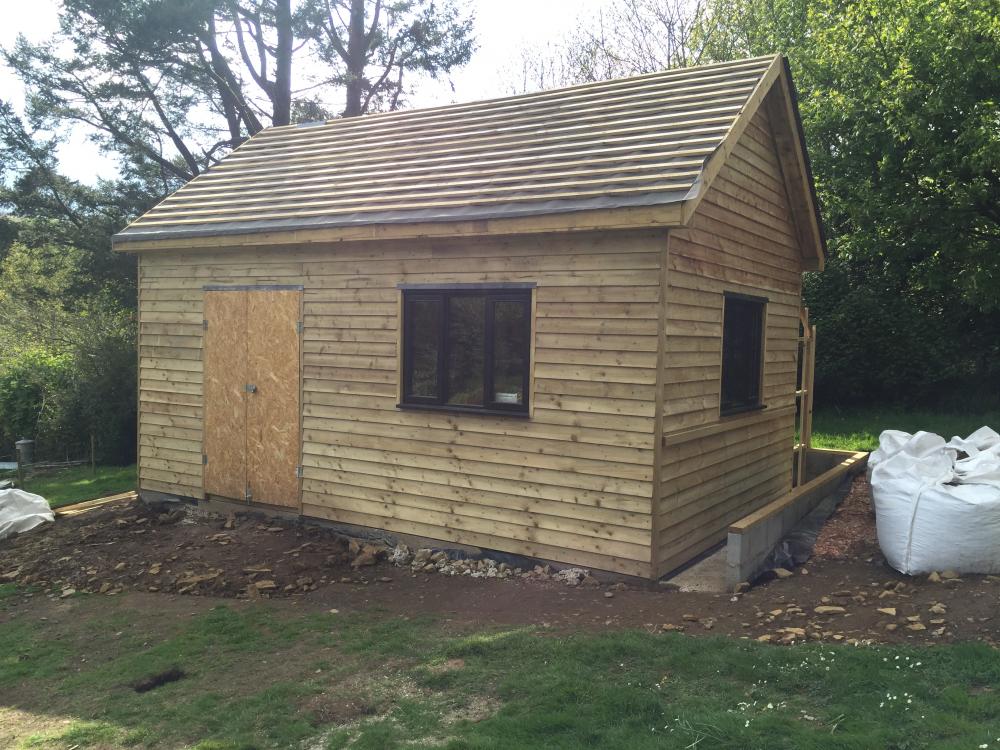
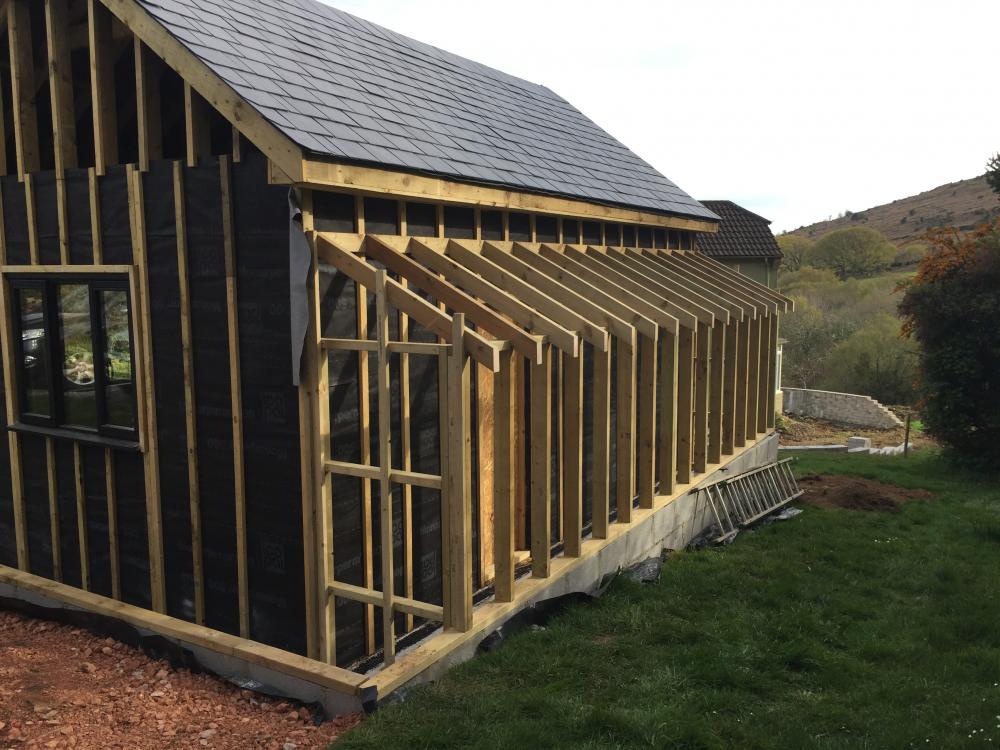
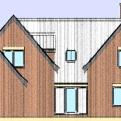





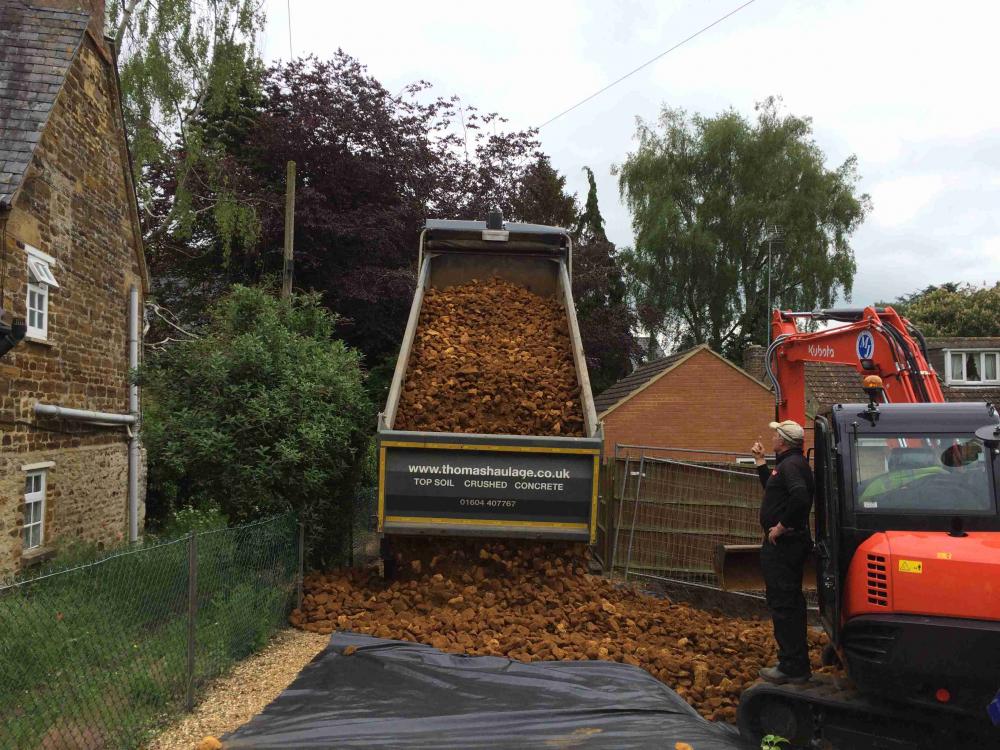

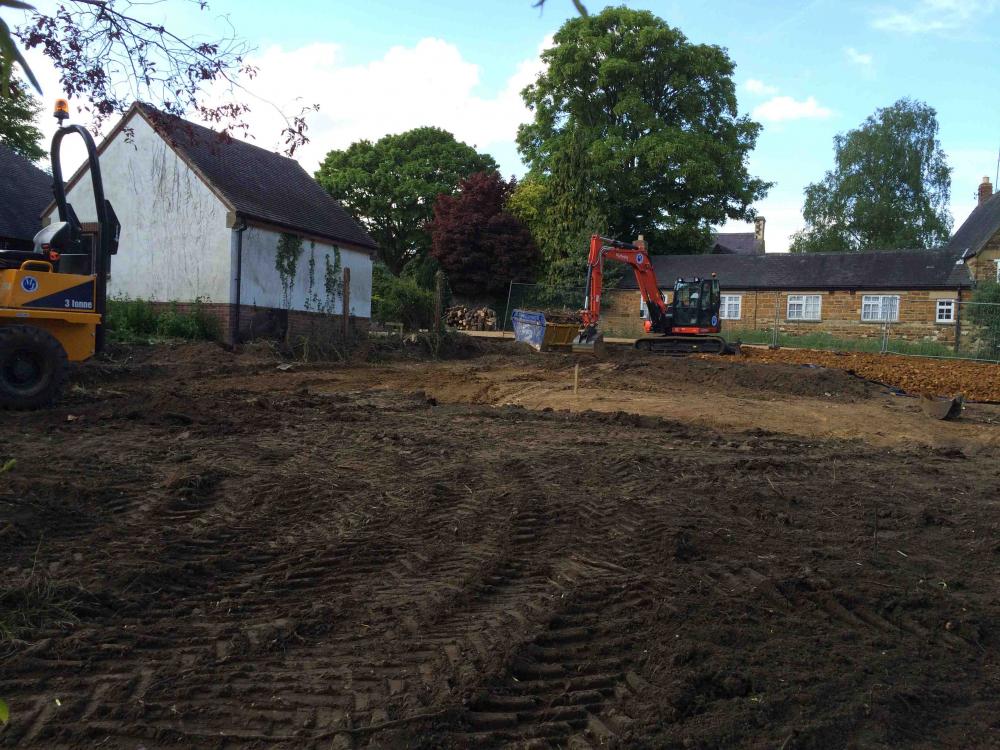
.jpg.c21f3ac78c9b7efd90cbdcb312744dc5.thumb.jpg.7adcad4c0e384f5ecd7d56b0618df6e5.jpg)


